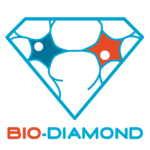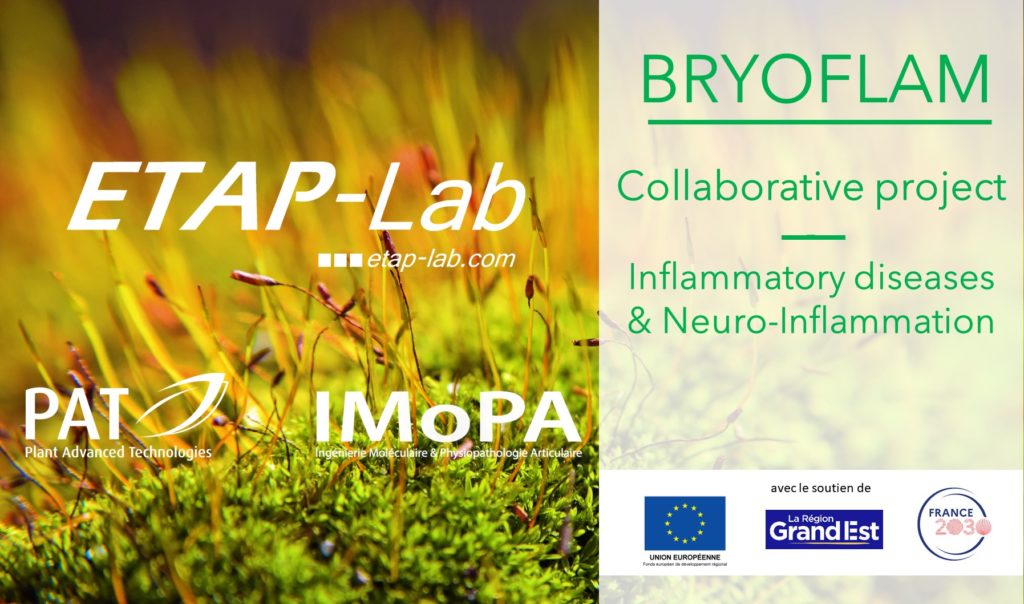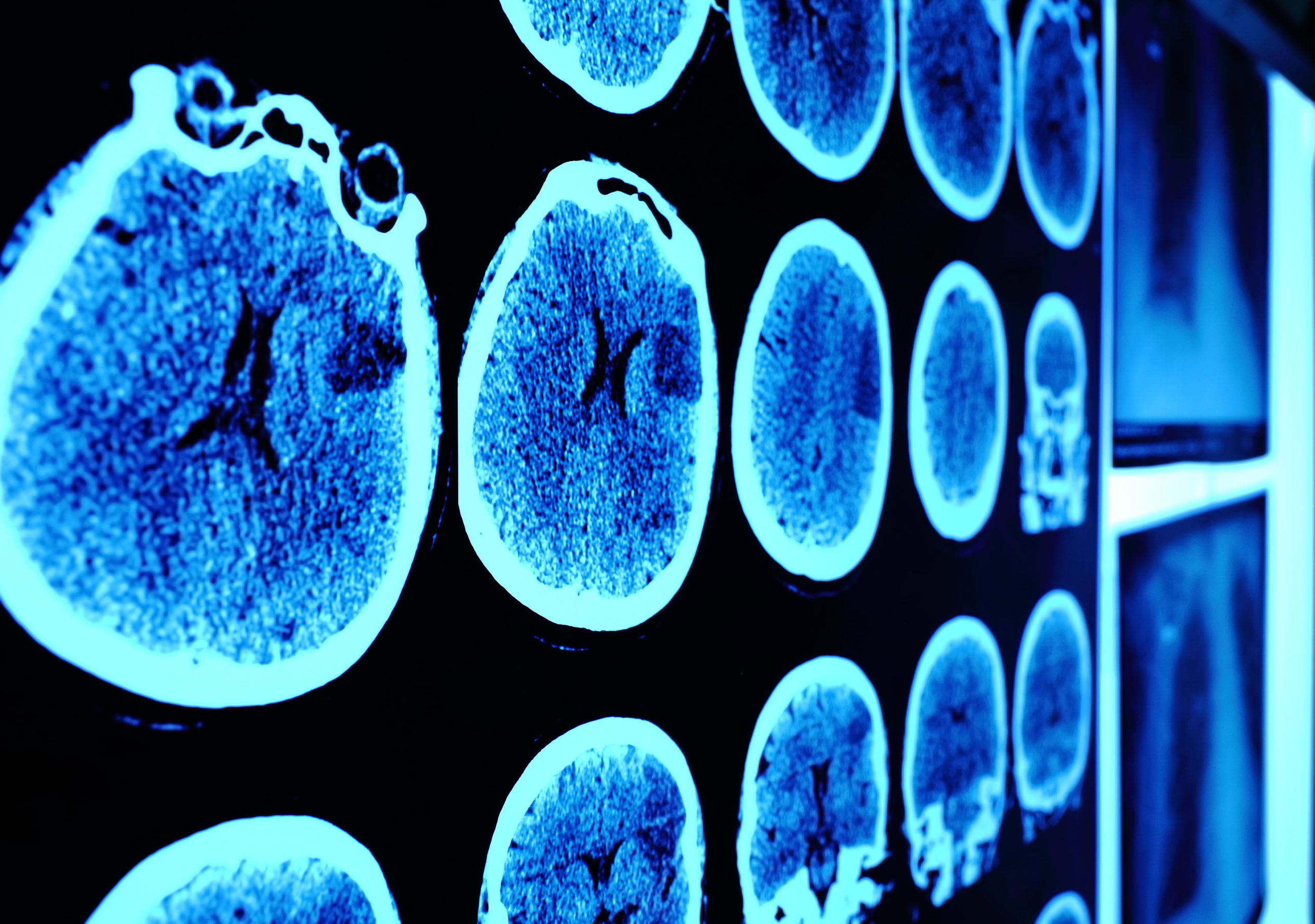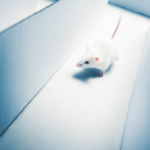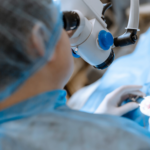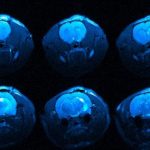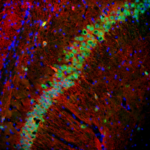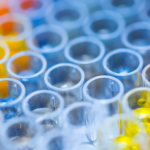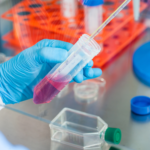CRO SERVICES IN
in vitro & in vivo Neurology
Since its inception, ETAP-Lab – preclinical CRO – has demonstrated solid expertise in preclinical neurology, initially focusing on in vivo models with historical behavioral expertise, we offer efficacy models with high translational approach taking into account most risk factors. We have extended our know-how to in vitro approaches, with a broad portfolio of cellular models of Neurodegenerative diseases and proteinopathies such as Alzheimer’s and Parkinson’s disease. Our services include advanced high-content screening, bioassays & histology platform, fully-equipped with wide variety of analyzes & biomarkers. We offer a comprehensive range of solutions, from standard to customized to meet your specific needs, in the fields of Neuroscience & CNS – neurodegenerative diseases and psychopharmacology.
Discover BRAINXPLORE, ETAP-LAB’s neurological services.

Our platforms
Behavioural tests
Stereotaxic & micro-surgery
in vivo Imaging
Histology & Immunohistochemistry
Biological assays
In vitro pharmacology
Our R&D Projects
Bio-Diamond
The BIO-DIAMOND project stands as a pioneering pilot initiative showcasing the potential of organ-on-chip technology to expedite the market entry of drug candidates in the “discovery” and “pre-clinical” phases, specifically focusing on Alzheimer’s, Parkinson’s, and Amyotrophic Lateral Sclerosis (ALS).
The project, in collaboration with NETRI, has emerged as a winner of the “Innovations in biotherapies and bioproduction” call for projects funded by the French government as part of France 2030.
BrioFlam
This collaborative project with Plant Advanced Technologies (PAT) and the IMoPA-CNRS laboratory at the University of Lorraine aims to discover new plant-derived anti-inflammatory compounds, with a special emphasis on bryophyte group plants.
Selected by the Grand Est Region and the State, this collaborative research initiative is backed by a total budget of 1.2 million euros.
